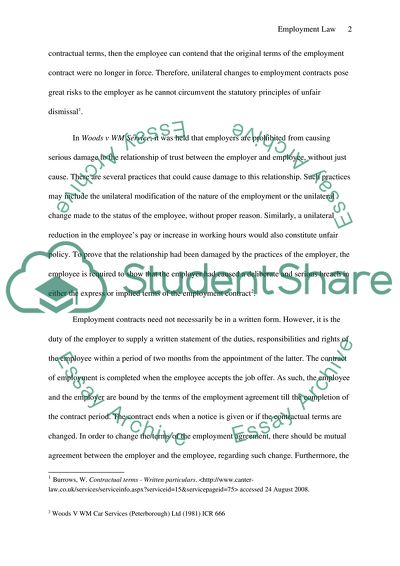Cite this document
(Analysis of Employment Contract in Sport Inc Case Study - 4, n.d.)
Analysis of Employment Contract in Sport Inc Case Study - 4. Retrieved from https://studentshare.org/law/1715867-employment-law
Analysis of Employment Contract in Sport Inc Case Study - 4. Retrieved from https://studentshare.org/law/1715867-employment-law
(Analysis of Employment Contract in Sport Inc Case Study - 4)
Analysis of Employment Contract in Sport Inc Case Study - 4. https://studentshare.org/law/1715867-employment-law.
Analysis of Employment Contract in Sport Inc Case Study - 4. https://studentshare.org/law/1715867-employment-law.
“Analysis of Employment Contract in Sport Inc Case Study - 4”. https://studentshare.org/law/1715867-employment-law.


